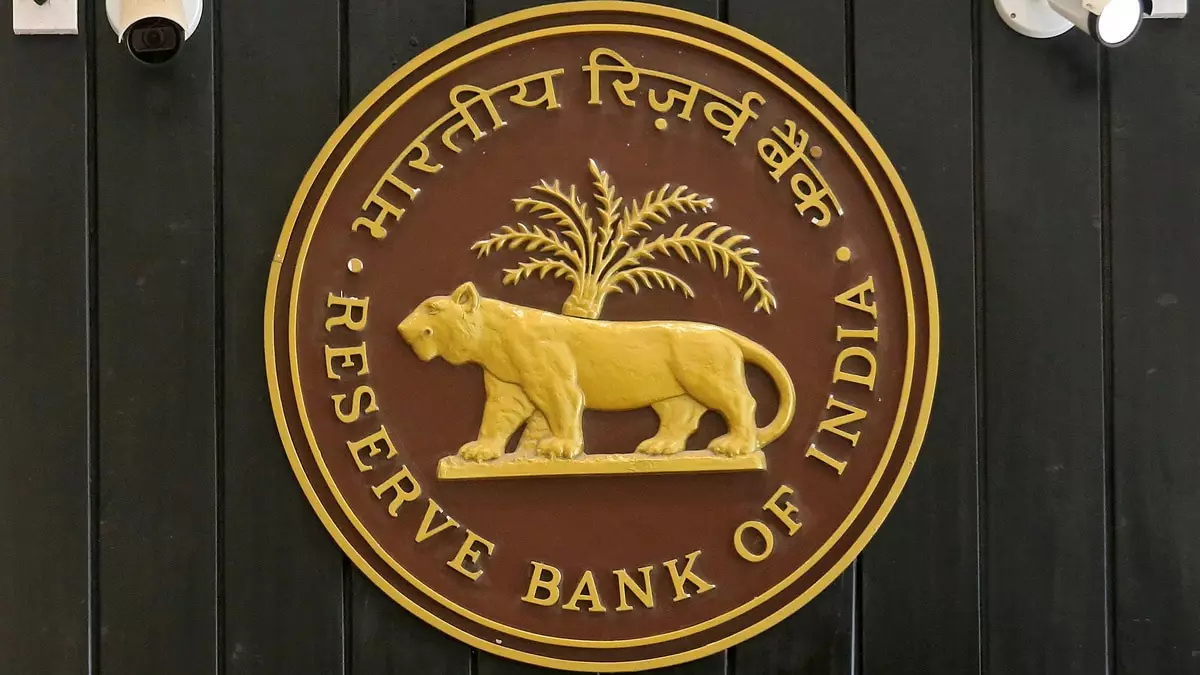The Reserve Bank of India (RBI) has recently unveiled its Financial Stability Report for 2024, showcasing the central bank’s evaluation of innovative financial practices, particularly focusing on the burgeoning trend of asset tokenisation on blockchains. While this phenomenon is still nascent, the report indicates an impending acceleration of asset tokenisation as regulatory frameworks surrounding cryptocurrencies and blockchain technologies are expected to solidify in 2025. This development raises pertinent questions about the interplay between traditional finance and emerging digital assets—a concern that policymakers globally must navigate with precision.
The concept of asset tokenisation is revolutionising the way investors regard physical assets. Essentially, asset tokenisation refers to the digital process of converting physical assets into divisible units on a blockchain, allowing for the fractional ownership of properties like real estate or luxury items. This transition not only makes it easier to buy and sell portions of these assets but also enhances liquidity, as owners can leverage their assets without relinquishing their full value. The RBI’s report underlines this growth, citing tokenisation’s capacity to intertwine the traditional financial ecosystem with the world of decentralised finance and crypto-assets.
However, while asset tokenisation is praised for promoting investment opportunities, it is also underscored that such systems are susceptible to intricate challenges. As cryptocurrencies and blockchain technologies evolve, so do the complexities associated with them. The RBI’s acknowledgment of the initial stages of asset tokenisation raises critical issues regarding its stability and potential risks that could disrupt existing financial frameworks.
The RBI’s report does not shy away from discussing the vulnerabilities associated with asset tokenisation. While the integration of Distributed Ledger Technology (DLT) into the financial system presents opportunities for innovation, it opens up several potential risk avenues, including liquidity challenges and operational fragilities. The central bank rightly warns that although the impact of these vulnerabilities is currently minimal due to the early adoption phase of tokenisation, it remains crucial for stakeholders to remain vigilant.
The intertwining of traditional finance with tokenised assets could lead to maturity mismatches that can result in instability. The RBI’s concerns echo those of many financial experts who highlight the importance of creating a robust regulatory environment that safeguards against potential disruptions. As the sector matures, it demands comprehensive oversight to ensure that tokenisation enhances—not undermines—financial stability.
The RBI has historically maintained a cautious approach towards cryptocurrencies, largely due to their volatile nature and potential repercussions on macroeconomic stability. The report reiterates these concerns, acknowledging that wider adoption of cryptocurrencies could compromise the effectiveness of monetary policy and escalate fiscal risks. As crypto-assets continue to rise, the RBI monitors the financial implications of such assets closely.
What is particularly interesting is the RBI’s recognition of traditional financial systems increasingly engaging with crypto assets. Although the Indian government has yet to establish an explicit timeline for comprehensive regulatory frameworks pertaining to cryptocurrencies, the report signals a recognition of the ongoing evolution of the sector. This acknowledgment reflects a global trend where traditional banks and financial institutions are experimenting with and adapting to digital currencies.
As we look forward to 2025, much hinges on the regulatory landscapes that will define the future of asset tokenisation and cryptocurrencies. The anticipated pro-crypto regulatory changes in the United States under an administration led by President-elect Donald Trump could significantly influence global perspectives on digital currencies. Countries around the world will inevitably scrutinise the implications of such policies, seeking to strike a balance between fostering innovation and protecting their financial systems from potential risks.
The RBI stands at a crossroads: it must navigate the delicate interplay between innovation and financial stability as it forges ahead in a rapidly evolving digital landscape. The central bank’s insightful observations in the Financial Stability Report serve as a critical foundation for understanding these emerging trends, ultimately ensuring that the momentum towards asset tokenisation and cryptocurrency integration is both sustainable and secure. As these developments unfold, the onus will be on regulators worldwide to adapt and respond proactively to the evolving financial paradigm.

